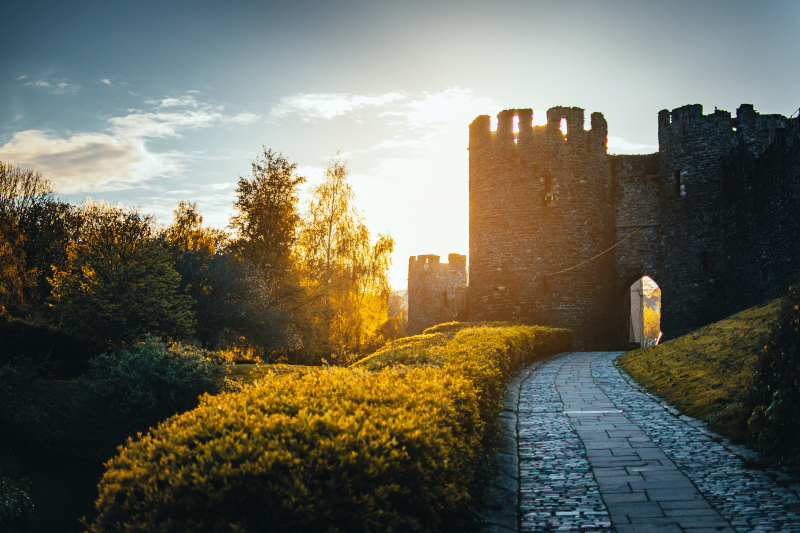Murder Holes Didn’t Do a Lot of Murder
Within castle walls, murder holes—more technically known as machiolations—were somewhat comparable to reverse balconies. Defenders might stand over these openings and scan the ground below. They might then use the opportunity to lob objects, like boulders, onto the assailants below. This was first thought to be used for preservation purposes, not murder. Any castle's door may catch fire, therefore the murder holes above the doors provided the perfect location for defenders to throw water to put out the flames.
It seemed obvious that throwing rocks or other heavy items would be helpful in protecting the castle as well. That being said, it was at best improbable that hot oil had been poured down here. This is not to argue that cooking oil was never utilized; in fact, there is proof that someone did so during the siege of Orleans. Simply put, it was impractical to heat so much oil as it must reach a temperature of 200 degrees Celsius, or double that of boiling water. The risk of fire inside the castle would have been greater than the risk of using it as a weapon against people outside.
Some murder holes weren't even functional; they were purely aesthetic pieces of performative architecture made to look aristocratic or authentic. At Tattershall Castle, the Inner Ward was covered by the murder holes rather than the outside.












